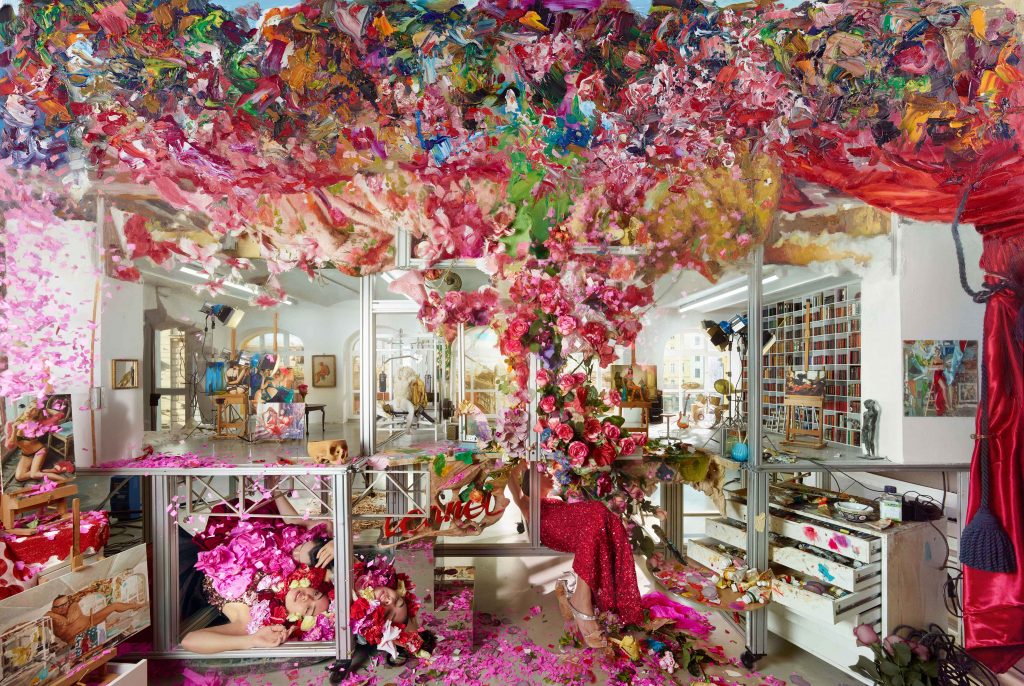29/05/2020
Uncategorized
VIENNA ART TALK “Art World in Times of Crisis”
Joshua Decter (author and curator, New York), Lucy Orta (artist, professor London College of Fashion, Paris) and Robert Punkenhofer (artistic director VIENNA ART WEEK analyze the consequences, risks a

